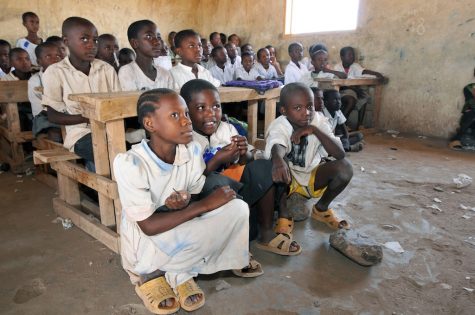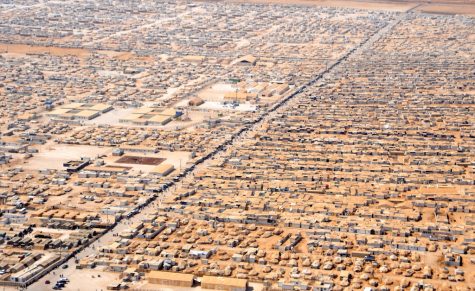Holiday Volunteering? Try Cultural Mentoring
“I like meeting people whose first language isn’t English.”
“I was in the Peace Corps, so I know what it means to help.”
“I have experience with the Golden relief group, I volunteered for Katrina. . .”
Should you ask prospective volunteers what brought them here, most would answer that they were drawn by the Syrian refugee crisis.
One by one we recounted our experiences with volunteering and why we were interested in helping refugees. Roughly thirty or more of us sat packed in a classroom with motivational posters hanging on the walls. Training sessions for the refugee and asylee programs of Lutheran Family Services Rocky Mountains (LFSRM) are held every Tuesday evening at 1615 Ogden St.
Where do refugees come from?
More than half the refugees in the world come from Afghanistan, Somalia, and Syria. While 1/8th of the world’s total refugees are Syrian, the majority come from Afghanistan, with over 2,500,000. LFSRM has been aiding refugees from over 40 countries, including Burma, China, Democratic Republic of Congo, Cuba, Ethiopia, Iran, Iraq, Russia, Somalia, Sudan, and Ukraine.
Who is Lutheran Family Services Rocky Mountains?
LFSRM has been running since 1948 as a faith based, non-profit human service agency. They started as an adoption program, then added programs to help the community in foster and elder care, natural disaster aid, parental education, and now services to refugees. They are currently the largest refugee resettlement agency in the Rocky Mountain region.
How do you define a refugee?
According to the United Nations, a refugee is a person who has fled their country due to a legitimate fear of persecution on the basis of race, religion, nationality, or membership in a particular social group. More often than not, it’s impossible to return “home” because of ethnic, tribal, or religious violence. More than half the entire world’s refugee population are children.

What is the typical journey of a refugee?
When living conditions have become insurmountable (war, religious persecution, natural disasters, environmental crises), a refugee attempts to flee to a neighboring country that is relatively safe. Repatriation, or the process of returning a person voluntarily to their place of origin or citizenship, is practically unheard of.

While facing vulnerability and unwelcoming attitudes from the neighboring country’s citizens, a refugee can apply to the United Nations High Commissioner for Refugees (UNHCR) for legal refugee status. If recognized, the UNHCR can allow a stay in a refugee camp. The average stay in a refugee camp is 15 years or longer. Many are born and raised within the confines.

Due to food, clothing, and medication shortages, refugee camps are not always safe, especially for women and children. The close living quarters can be breeding grounds for diseases such as tuberculosis, malaria, and cholera. Those escaping religious extremism may become more drawn to it after deteriorating for years in a camp.
How are refugees admitted to the United States?
As a last resort, refugees are referred by the UNHCR for third country resettlement. Rigorous interviews, security, and medical clearances are conducted while a refugee waits extended periods for approval. Should they be accepted, they are sent to a local resettlement organizations such as LFSRM.
How does LFSRM help?
LFSRM provides housing, case management, employment services, school programs, women empowerment education, legal services and cultural mentoring. Cultural mentoring can include sharing knowledge on local transportation, financial literacy, learning English, and teaching general American culture. A big part of cultural mentoring is volunteer run, and requires attending a training session first.
The key idea to cultural mentoring is that you’re equiping people to live from one broken system to another. For more information on volunteering, please visit http://www.refugeevolunteerdenver.org/.



